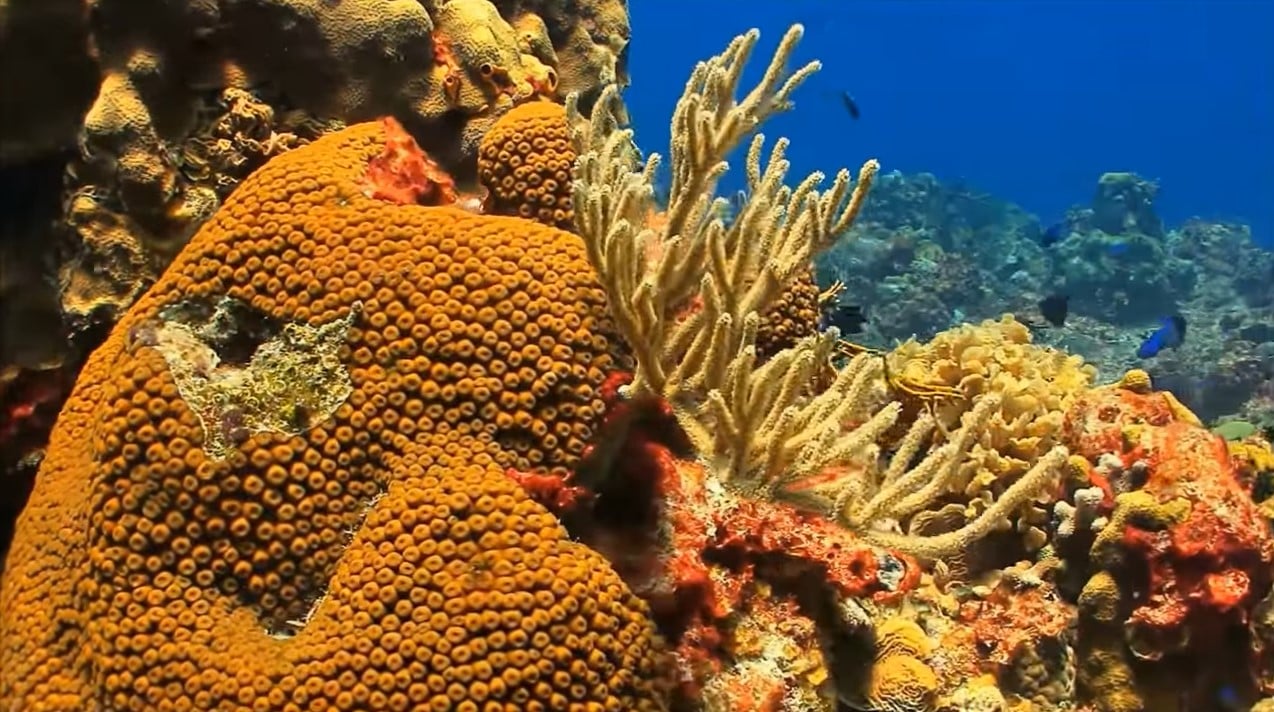Several studies over the years have claimed that certain chemicals in sunscreens have the potential to damage – or even kill – the coral reef systems. Hawaii, it seems, is taking such studies very seriously, and could soon become the first U.S. state to ban the reef killing sunscreens.
Hawaii’s eight main islands have over 410,000 acres of living coral reefs. The size of these coral reefs can be gathered from the fact that if they were combined together, the reefs would even be bigger than Oahu, which is Hawaii’s third biggest island. Further, protecting the reefs also protects the unique marine creatures. For instance, the Hawaiian Monk Seal, the Bandit Angelfish and even some corals are unique to Hawaii.
So, considering all this, the lawmakers approved a bill that bans the sale of all the reef killing sunscreens, i.e., the sunscreens that contain the chemicals that supposedly damage the coral reefs. The ban, which is still to be ratified by Gov. David Ige (D), will come into effect Jan. 1, 2021, according to BuzzFeed.
Hawaii is among the most popular tourist destinations in the U.S., thanks to its beaches. According to a study published in 2015 in the Archives of Environmental Contamination and Toxicology, about 14,000 tons of sunscreen gets directed toward the coral reefs each year. Several studies claim that sunscreen contains some harmful chemicals that create a toxic stew for the nearby coral.
According to the researchers, oxybenzone and octinoxate are the chemicals present in the sunscreens that pose a danger to the reefs. Both of these chemicals are found in many of the top-selling sunscreens. Oxybenzone, which is present in over 3,500 skin care products, is claimed to be toxic to developing coral and raises the coral’s vulnerability to bleaching.
Though global warming is also one of the factors behind the bleaching, reef killing sunscreens have also played their part, claim the researchers. Hawaii’s most popular snorkeling spot, Hanauma Bay, is a victim of extensive coral bleaching. A study by the non-profit Haereticus Environmental Laboratory found that about 2,600 average daily visitors at the iconic snorkeling spot left about 412 pounds of sunscreen in the ocean.
Researchers claim that oxybenzone results in DNA damage in adults, and distorts the DNA in the corals that are in the larval stage, leading to their improper growth. A ban on the sunscreens could also prove to be a public health disaster, believes Doug Johnson, a dermatologist and spokesman for the Hawaii Dermatology Society.
“A ban on these sunscreens in Hawaii — the state with the highest daily UV index warnings and very high rates of skin cancer and melanoma — would be a public health disaster,” Johnson said in a column for Honolulu Civil.
Also, even if you don’t actually take a dip in the ocean, the reef killing sunscreens still reach the coral. Taking a shower sends the toxic chemicals to the sewer system, and eventually into the ocean, since the water treatment doesn’t actively filter it out.
“More and more people realize, as you go home and shower the water is getting treated and put out into the ocean,” Hawaii state Sen. Laura Thielen told local station KHON2. “So really it’s damaging our corals no matter whether you’re wearing it on land or at the beach.”
However, not all sunscreens are dangerous. Usually, the chemical sunscreens, which are absorbed into the skin, are damaging, and these are the ones that Hawaii is planning to ban. These reef killing sunscreens work by absorbing the sun’s rays. On the other hand, mineral sunscreens, which use titanium dioxide or zinc oxide, work by reflecting the sun’s rays. However, it has been found that mineral sunscreens are not as effective as the chemical ones. In 2016, Consumer Reports found that only 26% of the natural sunscreens met their SPF claims compared to 58% of the chemical sunscreens.
It appears that the sunscreen manufacturers would have no option but to either alter their formula and use safer chemicals such as zinc oxide and titanium oxide or face the ban in Hawaii. Manufacturers, however, still have a few years to decide their plan of action as the ban won’t come into effect before 2021 (provided it gets approval from the governor).
Not just Hawaii, but other governments also are actively exploring ways to protect their coral reefs. For instance, Australia recently committed AU$500 million to support the recovery efforts of the Great Barrier Reef.
[SOURCE]




